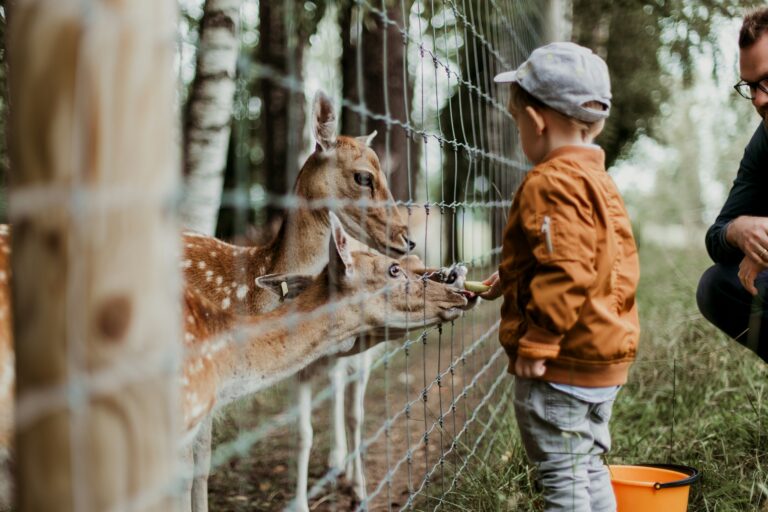
If you’ve always dreamed of owning a farm or you wish to swap the concrete jungle for
rolling pastures, the U.S. agriculture industry is sure to welcome you. Over the last 85
years, farming has declined. In 1935, there were nearly 7 million farms in the U.S. Today,
there are about 2 million. And almost two-thirds of these are managed by an aging farming
population.
America needs more farmers, especially younger farmers. Fortunately, as sustainable living
becomes more attractive to the younger generation, many seeking a simpler purer life are
turning to farming. According to the National Young Farmer Survey, more young people
under the age of 40 are starting farming businesses.
If you’re thinking of starting a small farming business, here’s what you need to consider.
Educate yourself about farming
If you have no background in farming, you will need to educate yourself on farming.
Running a farming business requires knowledge of the agriculture industry, climate, farm
operations, soil management, animal production, crisis management, and business
economics.

For beginner farmers, you can learn the principles of farming through training courses,
programs, internships and apprenticeships. Nothing beats hands-on experience but the
theory and science behind producing crops or managing herds is vital.
Decide on the type of farm and determine the viability
Before you rush to start a farm, first assess the viability of the type of farming you plan to
do. What type of farming are you interested in — fruit and vegetables, poultry, small
livestock, or even bees?
Have you earmarked a suitable piece of land? Is the soil right for the type of farming you
want to do? Where will you sell your products?
These are all questions that need addressing to determine the viability of the type of
farming you plan to do. An organic micro farm with produce you plan to sell to the local
farmer’s market requires a different business plan to a large cattle ranch.
Choose a plot of land
If you already own a plot of land, all you have to do is prepare it for farming. If you don’t,
you’ll have to buy a property. When scouting around for farmland, consider the
infrastructure. Take the following into account:
● Number of water sources.
● Adequate power supply.
● Pasture for animals.
● Housing, building structures and enclosures for animals, feed, grain, etc.
● Storage, processing, and refrigeration facilities for farm produce.
● Farm equipment.
Secure funding or a loan
If you’re buying an established farm, most of the infrastructure should be in place but it
may require some repairs or additions. If you buy an undeveloped piece of land, you’ll have
to factor in the cost of creating infrastructure from scratch.
Starting a business usually requires capital. The same goes for a new farming business. To
design the farm, build or adapt infrastructure, purchase equipment, conduct repairs, and
acquire all the necessary resources will need a loan or grant.
The U.S. Department of Agriculture offers loans and grants to farmers. There are also
several other possible sources of funding — here’s a list of funding resources for farmers.
Take Out Insurance
Any number of things can go wrong on a farm, so insurance is a must. You need coverage
for your property and its contents, equipment and vehicles, and to cover damage from
unexpected events.
Insure the property
Farms have several buildings, like barns, silos, sheds, and stables that can sustain damage
in a fire or storm. Many of the contents of those buildings, including your residential house,
also need to be insured. You can also cover feed, fertilizer, seeds, and other materials and
resources that the business needs to operate.
Insure your farm vehicles

All farm vehicles, like trucks, tractors, harvesters, seeders and fertilizer spreaders, should
be covered with farm vehicle insurance. Any other vehicles used for business, like a pick-up
truck, may also qualify for farm vehicle insurance if it is mainly driven on the farm and used
for deliveries. This often works out cheaper than commercial auto insurance. According to
The Zebra, the average cost for commercial auto insurance is $1568 compared to $1335 for
farm vehicle insurance.
Manage financial risk
Farming comes with risks, and some you just can’t anticipate. Have a financial plan in place
for when bad years occur or heavy losses are sustained when unexpected circumstances or
natural disasters like flooding, drought, earthquakes, or fire occur. Discuss your options
with your insurance provider and make sure you are clear on what your policy does and
doesn’t cover.
Hire staff
If you’re starting off small, you may be able to handle most of the work on the farm with
the help of one or two farmhands. As you grow, you will need to employ staff. If you’re
struggling to find farm workers, you can post jobs on a platform like Farm Job Search.
Finding additional farm workers during planting and harvesting periods can sometimes be
difficult. For that reason, the U.S. government allows seasonal farm workers from abroad
to work on farms temporarily under the H-2A Visa Program.
For some, farming is in their blood. It’s hard work but highly rewarding. If you’re ready to
swap your corporate suit for farm overalls, proper planning will get your farming business
off the ground more successfully.





